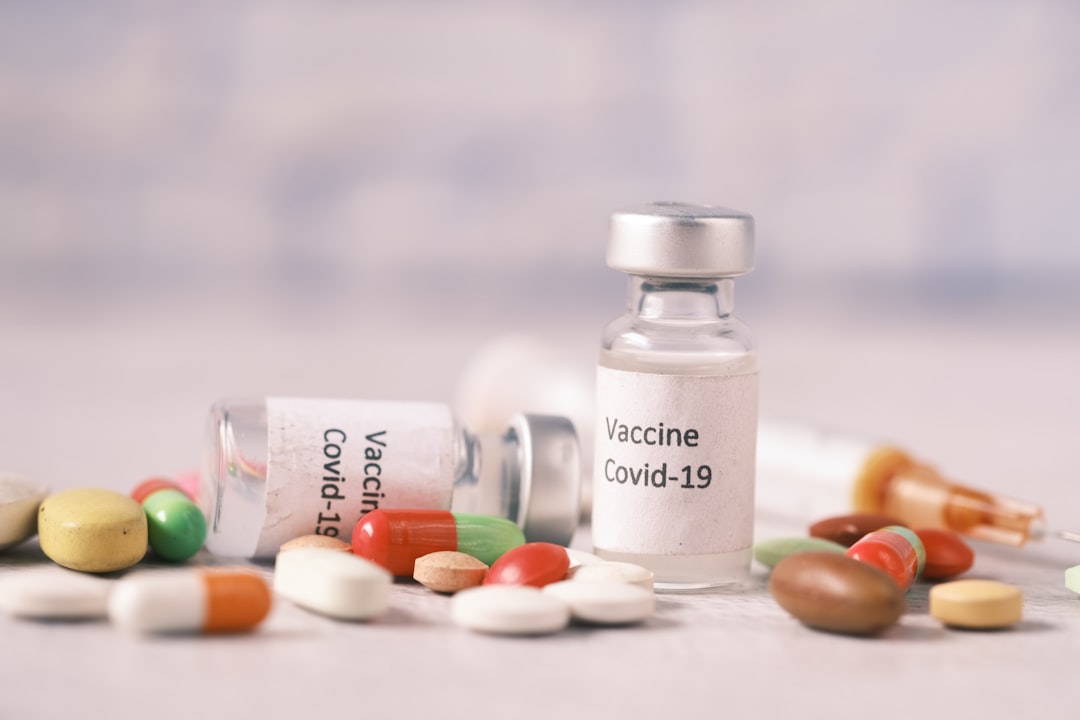
Background: Globally, pneumonia is an infectious disease with high morbidity and mortality rates. It causes one of five deaths in children under five years old worldwide. Approximately 61 million new cases of pneumonia occur annually. This study aimed to examine risk factors of pneumonia among children under five in Karanganyar, Central Java.Subjects and Method: This was an analytic observational study with case control design. The study was conducted in Karanganyar District, Central Java, from October to November, 2017. Study subjects were selected by fixed disease sampling consisting of 68 children under five years old with pneumonia and 136 without pneumonia. The dependent variable was pneumonia. The independent variables were nutritional status, exclusive breastfeeding, maternal stress, type of labour, maternal education, maternal job status, family income, quality of house, quality of environment, and indoor smoke exposure. The data was collected by questionnaire and analyzed by path analysis.Results: The risk of pneumonia increased with indoor smoke exposure (b= 2.63; 95% CI= 1.70 to 3.55; p<0.001). The risk of pneumonia decreased with good house environment (b= -0.93; 95% CI= -1.72 to -0.14; p= 0.020), healthy behavior (b= -1.41; 95% CI= -2.22 to -0.60; p= 0.001), and good nutritional status (b= -1.83; 95% CI= -2.72 to -0.93; p < 0.001). Good house environment was positively affected by good quality of house (b= 1.53; 95% CI= 0.94 to 2.13; p<0.001). Indoor smoke exposure was negatively affected by good quality of house (b= −1.79; 95% CI= -2.40 to -1.19; p < 0.001). The likelihood of exclusive breastfeding decreased with maternal stress (b= −0.65; 95% CI= -1.22 to -0.08; p= 0.024) and history of cesarean section (b= −0.59; 95% CI= -1.20 to 0.01; p= 0.053). Good nutritional status was positively affected by exclusive breastfeeding (b= 0.65; 95% CI= 0.04 to 1.26; p= 0.036). Number of children was negatively affected by high maternal education (b= -0.71; 95% CI= -1.29 to -0.14; p= 0.015). Family income was positively affected by maternal working outside the house (b= 0.89; 95% CI= 0.31 to 1.46; p= 0.002). Maternal working outside the house was positively affected by high maternal education (b= 0.67; 95% CI= 0.98 to 1.24; p= 0.022).Conclusion: The risk of pneumonia increases with indoor smoke exposure, but decreases with good house environment, healthy behavior, and good nutritional status.Keyword: risk factor, pneumonia, children under fiveCorrespondence: Atika Nikmah. Masters Program in Public Health, Universitas Sebelas Maret, Jl. Ir. Sutami 36 A, Surakarta 57126, Central Java. Email: atikanikmah123@gmail.com.Journal of Epidemiology and Public Health (2018), 3(1): 25-40https://doi.org/10.26911/jepublichealth.2018.03.01.03



